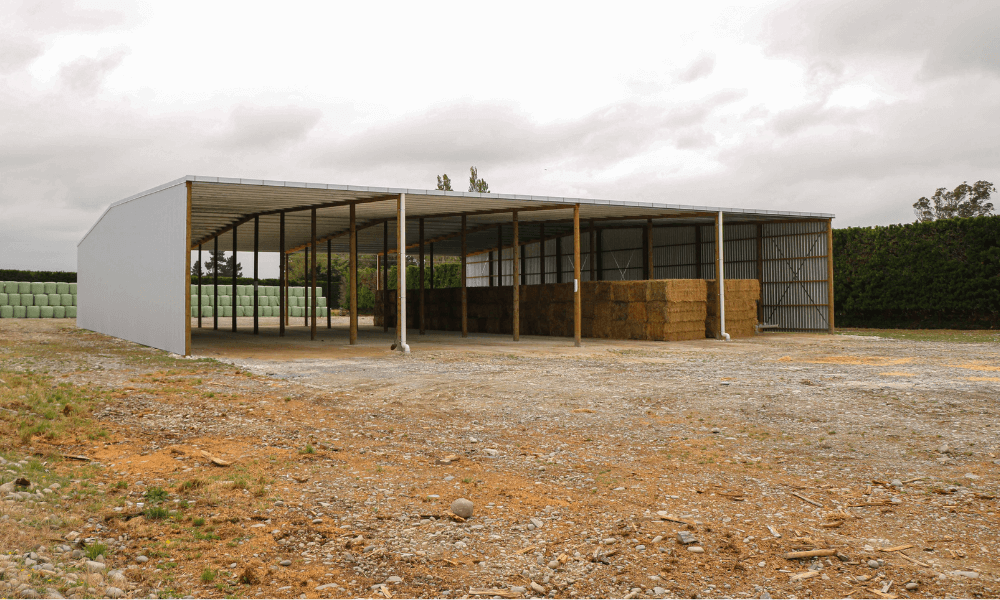The building consent process can be daunting, particularly for large projects. If you are planning a new shed build, you may be wondering whether or not you need to obtain consent, or if your shed ...
November 24th, 2023
3 min read

%20(2).png?width=600&height=360&name=Blog%202%20-%20Consent%20Pole%20shed%20(2)%20(2).png)




